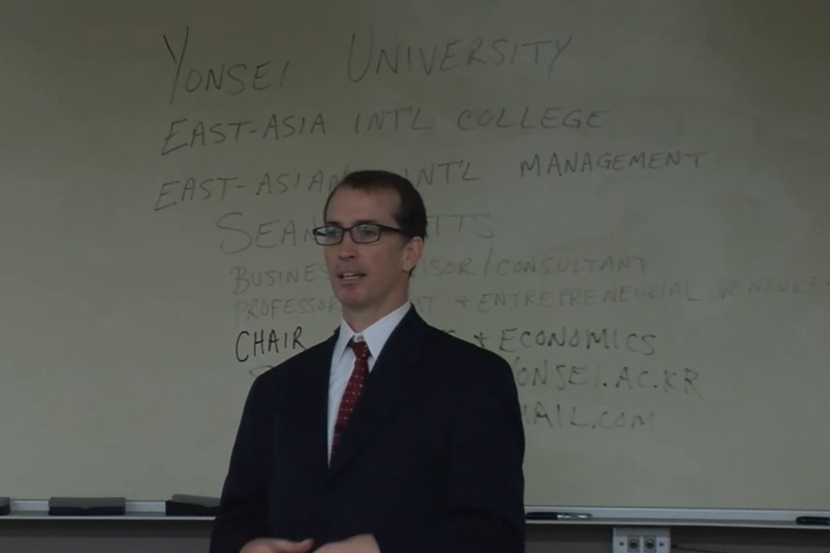Background: Falls among the elderly represent a significant public health challenge, substantially impacting morbidity, mortality, and healthcare expenditures. This study aims to provide a comprehensive understanding of fall patterns and associated ri...
http://chineseinput.net/에서 pinyin(병음)방식으로 중국어를 변환할 수 있습니다.
변환된 중국어를 복사하여 사용하시면 됩니다.
- 中文 을 입력하시려면 zhongwen을 입력하시고 space를누르시면됩니다.
- 北京 을 입력하시려면 beijing을 입력하시고 space를 누르시면 됩니다.
부가정보
다국어 초록 (Multilingual Abstract)
Background: Falls among the elderly represent a significant public health challenge, substantially impacting morbidity, mortality, and healthcare expenditures. This study aims to provide a comprehensive understanding of fall patterns and associated risk factors among the elderly population in South Korea. Methods: Data from the 2021 Korean Community Health Survey, including 71,734 participants aged 65 and older, were analyzed using a zeroinflated negative binomial (ZINB) regression model to simultaneously model the occurrence and frequency of falls. Results: Approximately 16.73% of participants experienced at least one fall-related injury in the past year. Advancing age (1.7% for each one-year increase), male (19.2% versus female), no formal education (11% to 19% versus elementary to junior high school graduate), poverty (23.8%), poor (86.2%) or fair (17.0%) self-rated health, diabetes mellitus (29.7%), underweight (17.7%), and obese (13.6%) were significantly associated with higher incidence rate of recurrent falls. Conclusions: This study highlights the complex interplay of sociodemographic and health-related factors in fall risk among the elderly. The findings underscore the importance of multifaceted fall prevention strategies that consider both individual and societal factors, particularly targeting high-risk groups such as the oldest old, those with lower socioeconomic status, and individuals with chronic diseases.
동일학술지(권/호) 다른 논문
-
- 한국웰빙융합학회
- Benish ZAHRA
- 2025
- KCI등재
-
Global Trends in Healthcare IT: EMR’s Central Role and Google Trends Insights
- 한국웰빙융합학회
- Eun-Mee Choi
- 2025
- KCI등재
-
- 한국웰빙융합학회
- Hee-Sook HWANG
- 2025
- KCI등재
-
A Study on the Current Status of Microplastic Analysis in the Air Using FT-IR
- 한국웰빙융합학회
- 우승준
- 2025
- KCI등재





 ScienceON
ScienceON






